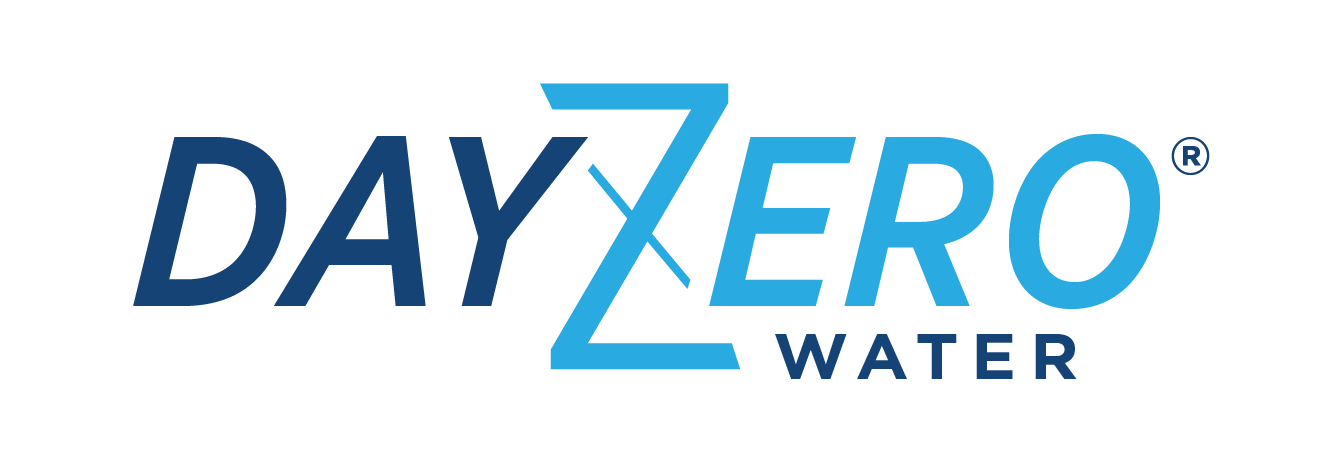NEW TEST RESULTS
by Dave Conklin
A new round of lab tests was begun on March 21st at Carollo Enginners UV Test facility in Portland, Oregon. The MS2 phage was used as a surrogate pathogen for the tests. Untreated water from Portland’s well field was adjusted to 81% UV transmissivity using Super Hume and inoculated with the MS2 phage pathogen-surrogate to a concentration of ~1.5×107 plaque-forming units (pfu) per 100 ml. Pre- and post- treatment samples were taken for two different UV exposures (2 minutes and 3 minutes). Samples were assayed by GAP EnviroMicrobial Services Ltd in London, Ontario, Canada. The two minute treatments reduced the MS2 to ~5×105 pfu, while the three minute treatments produced a reduction to ~1×105 pfu. Test records are posted here as well as the Water box lab challenge tests – March 2022 and the MS2 results.
Different pathogens have different sensitivities to UVC radiation. MS2 is used as a surrogate for actual pathogens because it is sensitive to UVC like some pathogenic viruses, but somewhat less so. Using data about the specific sensitivities of common pathogens, the MS2 results can be translated into expected results for the other organisms. There are two steps: 1) the MS2 reductions are compared to the known UV sensitivity of MS2 to infer the UVC dose, and 2) the UVC dose is used to estimate the reduction for other pathogens. The chart below is what we use to do the two steps. Reductions are expressed as “log removal” values, sometimes abbreviated as LRV. The LRV value is the decimal logarithm of the ratio of the pre-treatment concentration to the post-treatment concentration. The pathogen-specific data in the chart is drawn from “Fluence (UV Dose) Required to Achieve Incremental Log Inactivation of Bacteria, Protozoa, Viruses and Algae”, revised, updated and expanded by: Adel Haji Malayeri, Madjid Mohseni, Bill Cairns and James R. Bolton in 2016, available at https://uv4sanitisation.com/wp-content/uploads/2020/06/UV-dose-requirements-for-inactivation-viruses.pdf
The dashed vertical lines in the chart indicate the inferred UVC dose at 2 minute and 3 minute exposures. The data supports a conclusion that the UVC dose delivered by the water box is well in excess of the dose required for a 5-log (99.999%) removal of the common bacterial and protozoan pathogens shown, and nearly enough (2 minutes) or more than enough (3 minutes) for a 3-log removal (99.9%) of the Rotavirus pathogen. The cited publication has data for many more pathogens; the ones chosen for the chart are representative.

